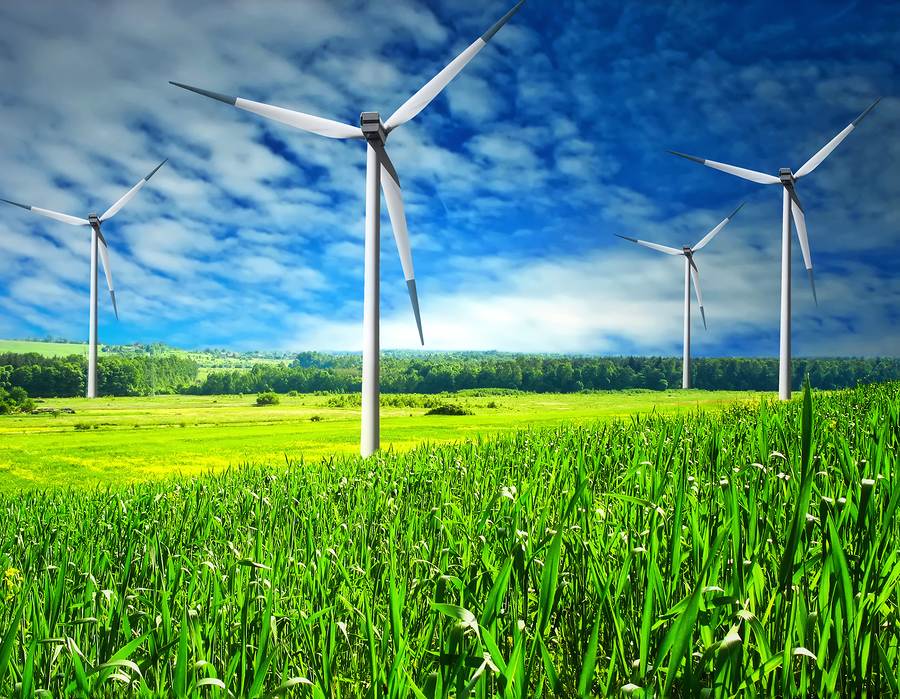
Embracing the Shift Towards Sustainability
Sustainable power sources are at the forefront of a global movement towards cleaner and greener energy alternatives. In this exploration, we delve into the diverse array of sustainable power sources reshaping the energy landscape, providing an eco-friendly and efficient path forward.
Solar Energy: Harnessing Sunlight for Power
Solar energy stands as a beacon of sustainable power, capturing sunlight and converting it into electricity through photovoltaic cells. As technology advances, solar panels become more efficient and affordable, making solar energy a cornerstone of the renewable energy transition. The harnessing of sunlight not only reduces reliance on traditional power sources but also mitigates environmental impact.
Wind Power: Capturing the Force of the Wind
Wind power taps into the kinetic energy of the wind, converting it into electricity through wind turbines. With advancements in turbine design and efficiency, wind power has become a prominent sustainable energy source. Harnessing the power of the wind contributes to diversifying the energy mix and significantly reducing greenhouse gas emissions associated with traditional power generation.
Hydropower: Utilizing the Flow of Water
Hydropower harnesses the energy generated by flowing water, converting it into electricity through turbines. Whether through large-scale hydroelectric dams or innovative run-of-river systems, hydropower provides a consistent and reliable source of renewable energy. The versatility of hydropower makes it a key player in sustainable power generation, with minimal environmental impact when implemented responsibly.
Geothermal Energy: Tapping Earth’s Inner Heat
Geothermal energy utilizes the Earth’s internal heat to produce electricity or provide heating and cooling for buildings. Geothermal power plants tap into hot water or steam reservoirs beneath the Earth’s surface, generating clean and continuous energy. This sustainable power source is particularly attractive for its reliability and minimal carbon footprint, contributing to a more sustainable energy future.
Biomass: Turning Organic Matter into Energy
Biomass involves converting organic materials such as agricultural residues, wood, and waste into energy. Through processes like combustion, gasification, or anaerobic digestion, biomass produces heat, electricity, and biofuels. While biomass can be controversial due to land use concerns, when sourced sustainably, it provides a renewable alternative to traditional fossil fuels.
Tidal and Wave Energy: Harnessing Ocean Power
Tidal and wave energy capture the kinetic energy of ocean tides and waves to generate electricity. These technologies leverage the predictable and consistent nature of tidal movements and ocean waves, providing a reliable and sustainable power source. As advancements continue, tidal and wave energy hold immense potential in contributing to the global renewable energy portfolio.
The Intersection of Sustainable Power
The synergy of various sustainable power sources forms a robust and resilient energy system. Integrating solar, wind, hydropower, geothermal, biomass, and ocean-based energy creates a diversified energy mix that enhances reliability and sustainability. This intersection of sustainable power sources not only addresses the challenges of intermittency but also contributes to a more resilient and future-proof energy infrastructure.
Environmental and Economic Benefits
Beyond reducing dependence on finite resources and curbing greenhouse gas emissions, sustainable power sources offer additional environmental and economic benefits. Job creation in the renewable energy sector, reduced air and water pollution, and increased energy security contribute to both environmental conservation and economic growth. The dual impact of sustainability and economic viability makes these power sources integral to a forward-looking energy strategy.
The Role of Innovation in Sustainable Power
The continued evolution of sustainable power sources relies heavily on innovation. Ongoing research and development efforts seek to improve efficiency, reduce costs, and address any environmental concerns associated with these technologies. Innovation plays a pivotal role in unlocking the full potential of sustainable power, ensuring it remains a cornerstone of the global energy transition.
Charting a Sustainable Energy Future
In conclusion, sustainable power sources are not merely a technological possibility but a necessity for a sustainable future. The convergence of solar, wind, hydropower, geothermal, biomass, and ocean-based energy forms a powerful alliance against climate change and environmental degradation. Charting a sustainable energy future involves embracing these diverse sources to create a resilient, eco-friendly, and efficient global energy landscape. To explore more about sustainable power sources, visit Sustainable Power Sources.
